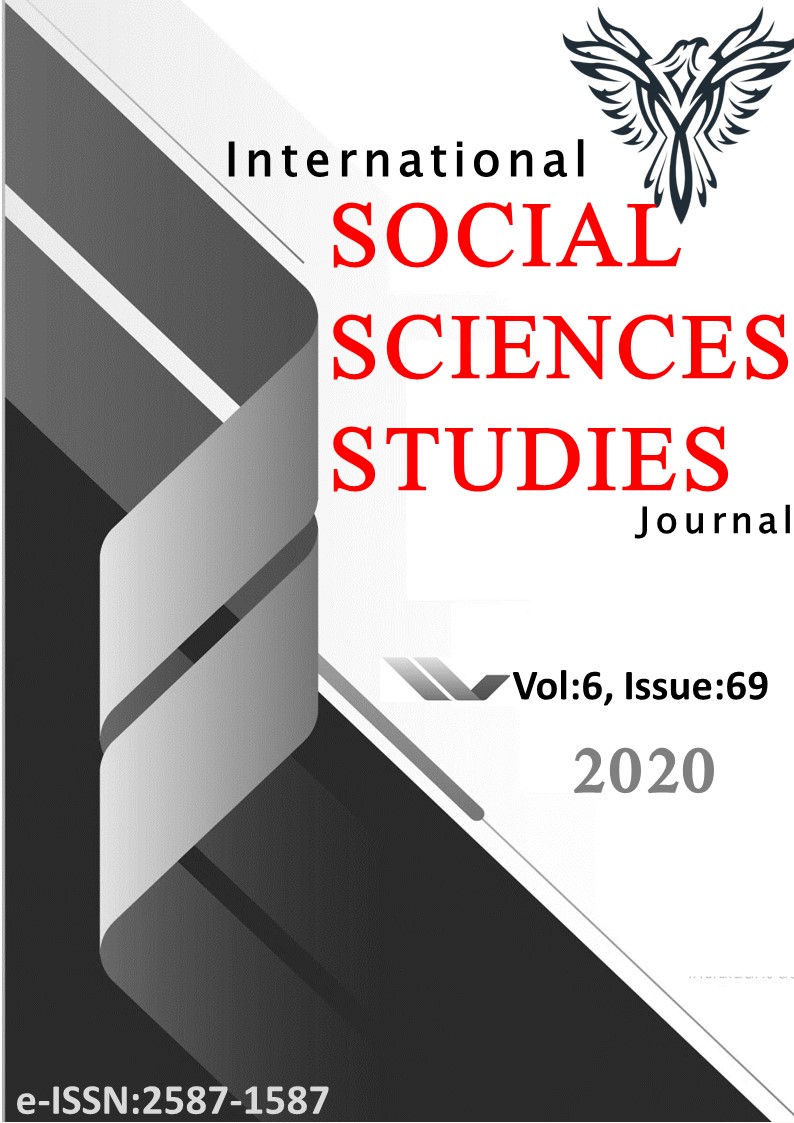AHMED-İ DÂՙÎ’NİN KİTÂBÜ’T-TA’BÎR-NÂME TERCÜMESİ ADLI ESERİNE GÖRE HZ. MUHAMMED, EHL-İ BEYT ve ASHÂB-I KİRÂM’IN GÖRÜLDÜĞÜ RÜYALARIN DEĞERLENDİRİLMESİ
Author :
Abstract
Tarihin en eski dönemlerinden itibaren insanlığın gelecekte olacakları bilme ve yönlendirme isteğinde olduğu görülür. Bu isteğin sonucu olarak insanlar, rüyalarında görmüş oldukları sembolleri ve bu sembollerin anlamlarını kaydetmişlerdir. Bugün, elimizdeki tarihin kadim medeniyetlerine ait rüya tabiri külliyatları bu isteğin bir sonucudur. İslami gelenekte, genel itibariyle taՙbîr-nâme olarak bilinen bu eserler, Türk edebiyatında XV. asırdan itibaren görülmeye başlar. Ahmed-i Dâՙî’nin Kitâbü’t-taՙbîr-nâme Tercümesi adlı eseri de bu dönemde kaleme alınmış eserlerdendir. Tercüme niteliği taşıyan eserde, rüya sembollerinin iki yüz altmış altı başlık altında değerlendirildiği görülür. Bu rüya sembolleri arasında Hz. Muhammed, Ehl-i beyt ve Ashâb-ı kirâm’ın üzerinde ayrıntılı olarak durulması ise dikkat çeker. Bu çalışmada, Kitâbü’t-taՙbîr-nâme Tercümesi’nde Hz. Muhammed, Ehl-i beyt ve Ashâb-ı kirâm’ın görüldüğü rüyaların nasıl değerlendirildiği incelenecektir.
Keywords
Abstract
From the earliest times in history, it is seen that humanity wants to know and direct what they will be in the future. As a result of this request, people recorded the symbols they saw in their dreams and the meanings of these symbols. Today, the dream interpretations of the ancient civilizations of the history we have are the result of this desire. In the Islamic tradition, these works, which are generally known as taՙbîr-nama, are published in XV in Turkish literature. It starts to be seen from the century. Ahmed-i Dâՙî’s Kitâbü't-taՙbîr-nâme Tercümesi is one of the works written in this period. It is seen that the dream symbols are evaluated under two hundred and sixty-six titles in the work, which is a translation. Among these dream symbols, it is noteworthy that the emphasis on Hz. Muhammad, Ahl al-Bayt and Ashâb-ı kirâm in detail. In this study, in the Kitâbü't-taՙbîr-nâme Tercümesi, how the dreams of Hz. Muhammad, Ahl al-Bayt and Ashâb-ı kirâm are evaluated will be examined.





